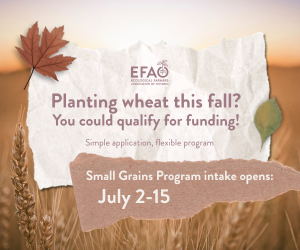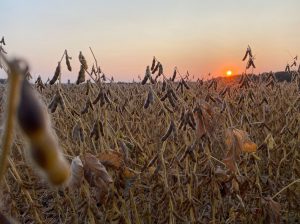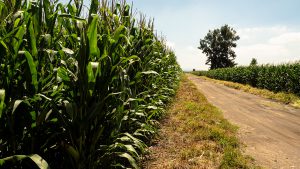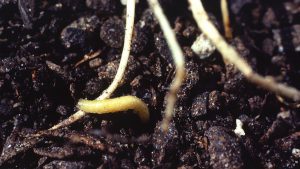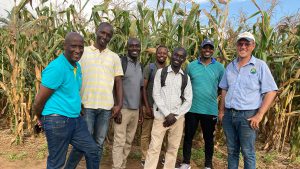Make more, save more
THE ADVANTAGES OF PROFITABILITY MAPPING
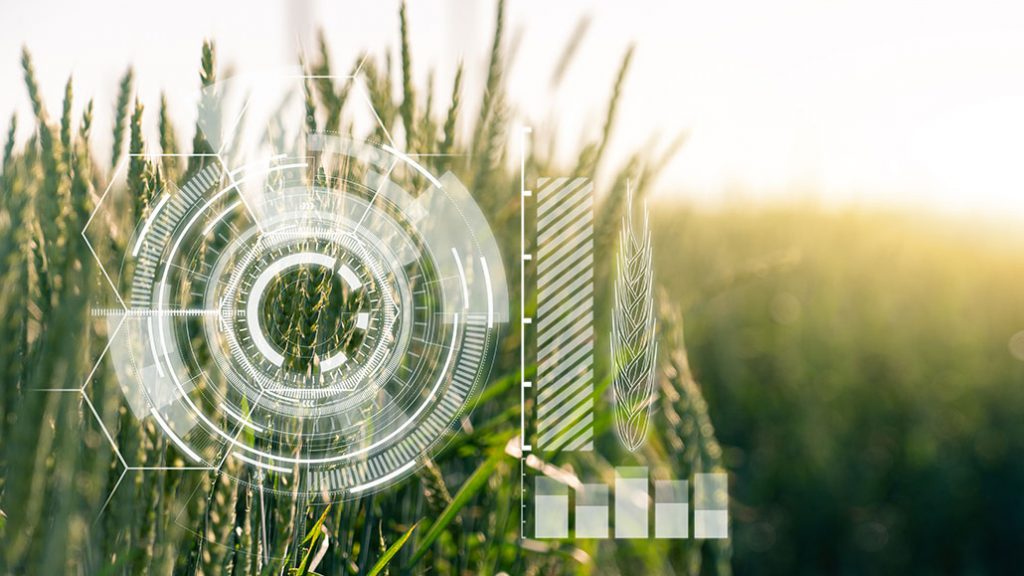
PRECISION TOOLS ARE increasingly common across Ontario’s farm landscape — but disorganized and uncleaned data is a common problem limiting the value of such tools.
When trying to improve overall profitability, actionable insights are a product of pairing the right data with the right equation. Mining for the right data, that is, allows farmers to engage in profitability mapping — a process of determining where revenues are coming from, where costs are being incurred, and what corrective actions can be taken.
CLEAN AND CONSISTENT
Data mining means finding the relevant data amongst inaccurate or otherwise compromised information within a data set. Doing so is critical to ensuring in-field actions are based on accurate information, particularly when combining many data sets.
As described by Marty Vermey, Grain Farmers of Ontario’s senior agronomist, many farmers stop short of this process. Even when working with established management zones, matching the right information to the right area can be a challenge.
“You can have a whole set of data, but if it doesn’t match your field it’s not worth much. Some people get running and forget to match the data to what the actual field looks like,” Vermey says. Trying to better manage inputs in this case would be a challenge by consequence.
Aaron Breimer, manager of Veritas Farm Management, expresses a similar sentiment. He adds seemingly small anomalies such as labeling the same field or input under slightly different names (e.g. simultaneously using 28, 28%, and 28UAN for fertilizer) is a common source of headaches and wasted time.
“Keeping data calibrated and organized makes things easier,” says Breimer. “When people do a decent job of that it allows for these types of tools to be used a lot more effectively.”
Personal biases are another consideration. In his experience, Breimer says it is not uncommon for farmers to see what they want to see, regardless of whether the information they are analyzing has been cleaned-up.
For these reasons, and because detailed data management is inherently time consuming, he encourages those trying to identify where profits and losses are coming from to look for a partner to help them with data management. With relevant and high-quality data, profitability mapping becomes a much more fruitful endeavour.
COMBINING PROFITABILITY DATA
Breimer describes profitability mapping as “winning the wins and minimizing the cost of losses.” This is done by analyzing the data-derived report card of a given field (yield, fertility, etc.) in conjunction with production efficiency over time. Identifying which areas of the field are most profitable, as well as those which consistently make less or lose money, gives farmers the opportunity to strategically divert resources.
Automatically putting more fertilizer on poorer spots is not necessarily the solution, however. Rather than driving costly inputs toward consistently underperforming parts of the field, increasing inputs to higher producing areas could be a more effective way of improving the field’s overall profitability.
Rather than focusing on leveling production levels across the field, it is possible to make up for less profitable acres by driving profits on better ones. Trying to fix fertility and other issues is still a possibility. But if corrective measures do not appear to have an impact, other solutions should be considered.
Finding alternative uses for areas with high fertility but low yield potential, says Breimer, is a possibility, and one which can be made more financially viable with the help of government or conservation programs such as Alternative Land Use Services (ALUS).
UNCOMMON PRACTICE
For Tyler McBlain, a farmer from the Caledon area, many years of collecting yield, fertility, and other data sets have, despite being valuable information, not made it obvious why some parts of his family’s farm consistently underperform. Like Breimer, he says it is also easy to find what one hopes to see rather than what is actually revealed by the data.
It is for this reason he has started working with Veritas and others to incorporate his existing data into a profitability mapping strategy. Now in the midst of his first mapping foray, he hopes the effort will alleviate the knowledge gap.
“Why would something work over there, but not over here?” questions McBlain. “We’re trying to get to the next step and better manage our costs. This profitability thing is really new to us, and we hope to take it further.”
The novelty of profitability mapping is not unique to McBlain. Indeed, Breimer estimates fewer than five per cent of Ontario farmers take the approach, due in part to the difficulty of both processing data and managing unstandardized (proprietary) data sets.
But while cleaning data “can be a nightmare,” he says new management tools — and highly skilled technicians — continue to accelerate the process.
The cost of getting into the data-map game is another barrier.
Incorporating GPS guidance systems is the starting place, and one which Vermey says is cost-effective for most farmers. But implementing every tool required to fully realize the potential of profitability mapping is expensive and not feasible for everyone.
“When you implement it fully, that’s where the real expense is. The real big cost is when you start getting into specialized fertilizer application equipment like strip till units and multi-bin applicators,” says Vermey. “It’s easier to spend the money when you have lots of acres to spread out the cost, and more acres to return the profit quicker.”
Though precision technologies continue making inroads with farmers (both small and large operations alike), he believes adoption rates would be noticeably improved if we could make it affordable for all. •


